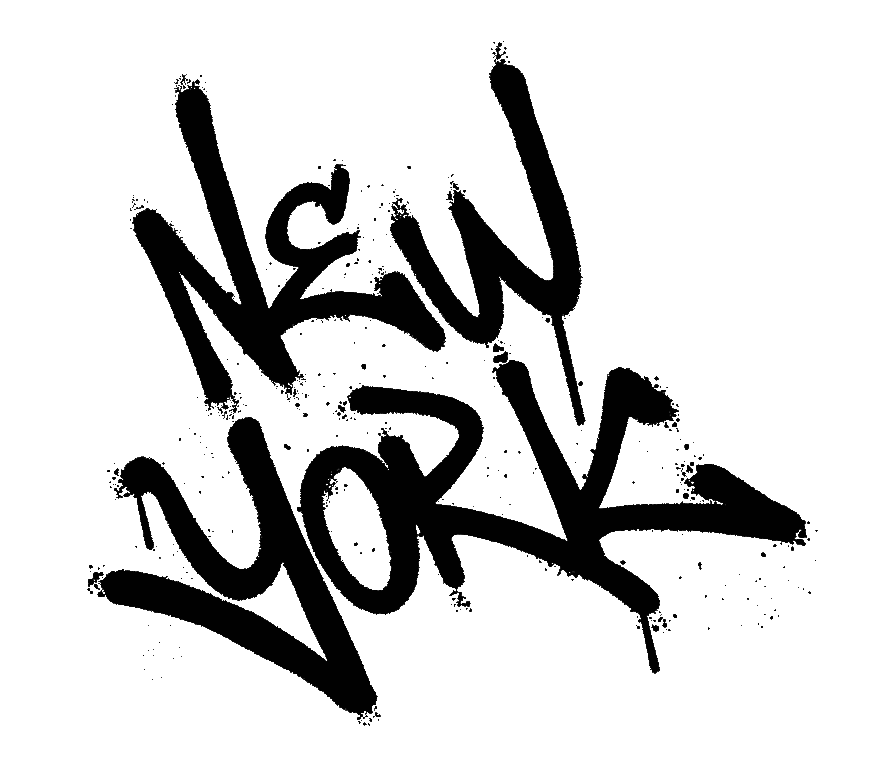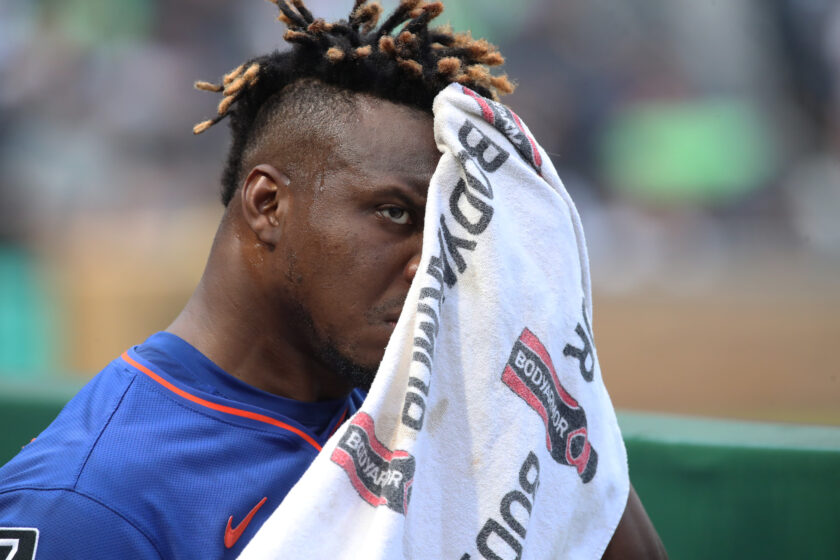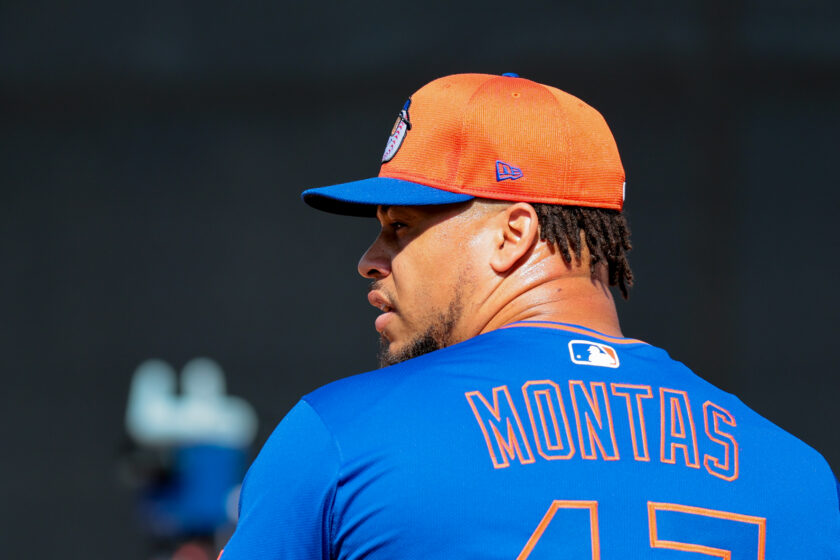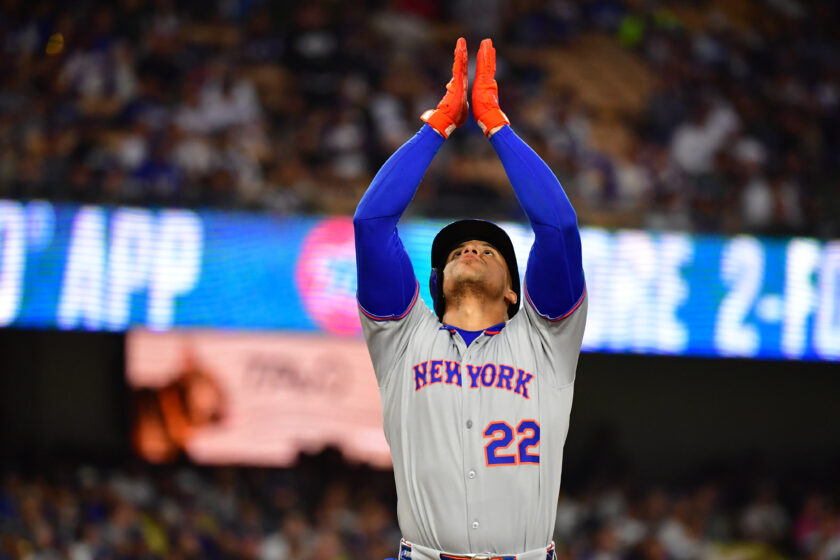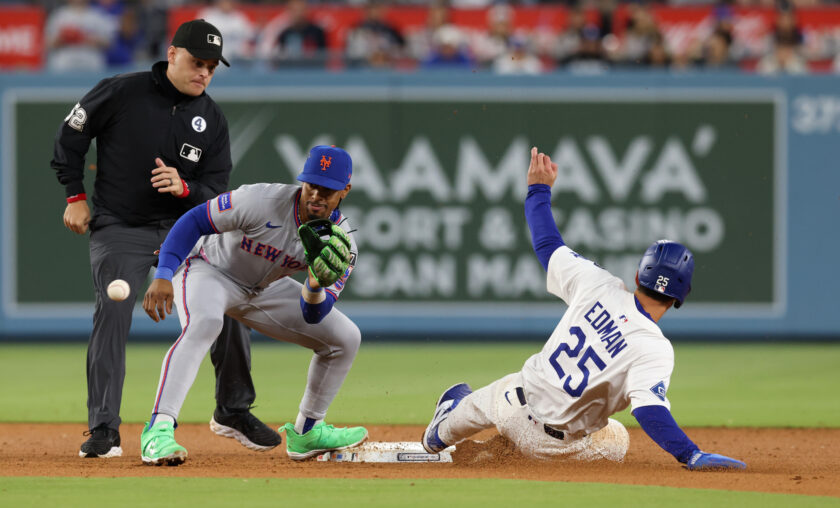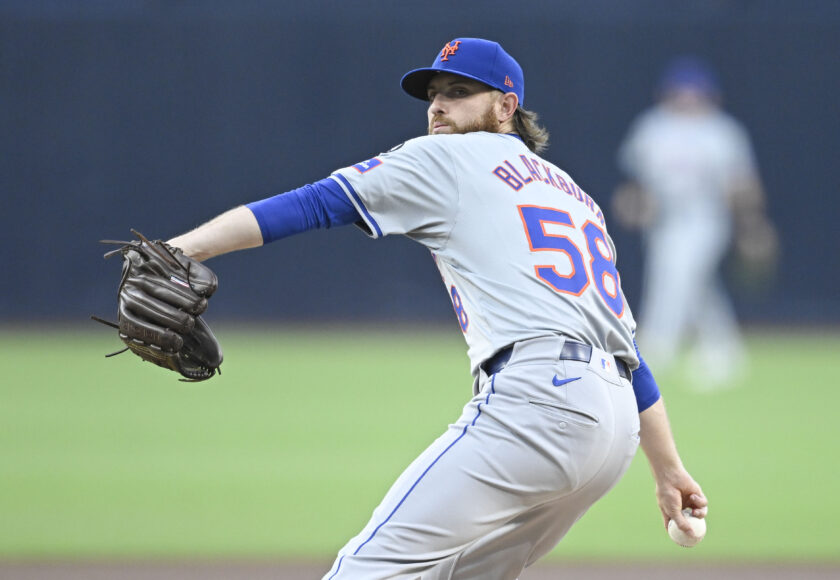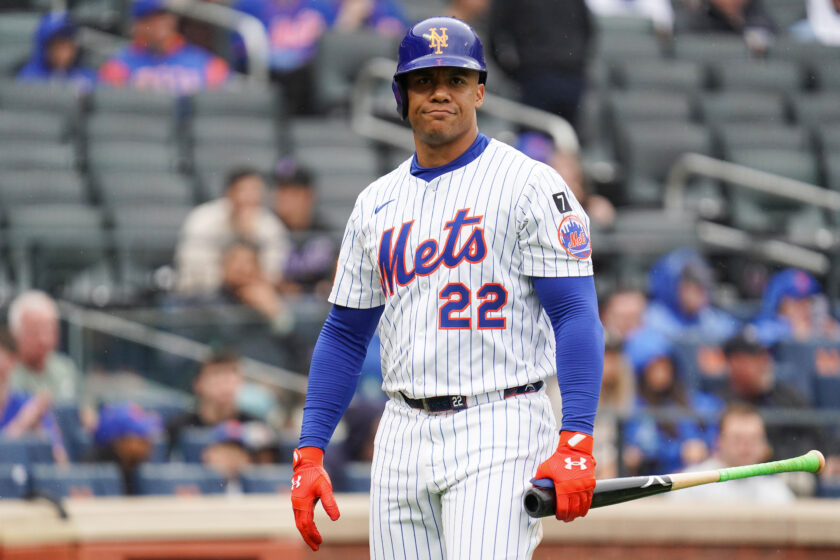New York Mets draft preview: Four college baseball prospects to watch
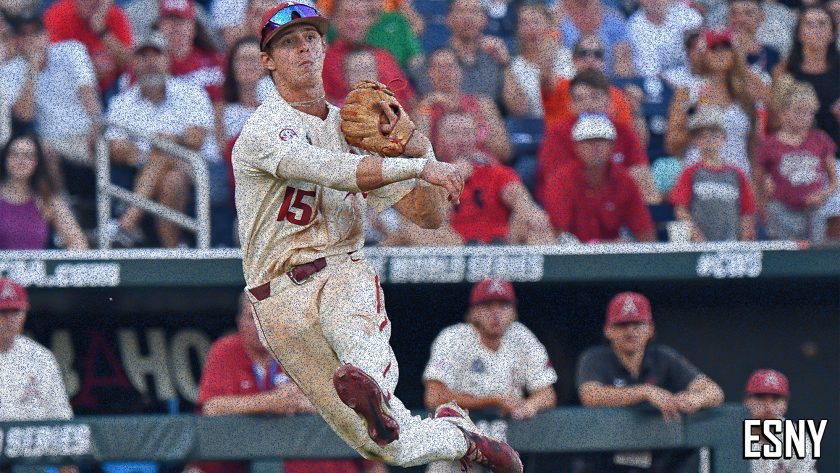
With spring training off to a roaring start for the New York Mets, it’s time to look to the future. The MLB draft is just around the corner.
[sc name=”kyle-newman-banner” ]The MLB draft doesn’t get as much fanfare as other drafts in other leagues. New York Mets fans should know better. They have one of the best homegrown rosters in MLB.
When fans think about the Mets’ star players they think Pete Alonso, Jacob deGrom, Jeff McNeil, Brandon Nimmo, and Michael Conforto. Those are the core players, with Noah Syndergaard being the major exception.
The Mets drafted all of those players and more. Seth Lugo was a Mets’ draftee. Dom Smith, Steven Matz, and Robert Gsellman were all Mets draft picks.
This team has been built through the draft, which is a rarity in today’s MLB. Most teams are built through free agency, trades, and international free agents. The Mets have set themselves apart in that regard. That’s why it’s always important as Mets fans to keep an eye towards the MLB draft.
The college baseball season began recently. With the Mets selecting 20th overall, that’s the most likely way they’ll go in round one. For example, the Mets drafted Justin Dunn and David Peterson, both college pitchers, in the early twenties in recent drafts.
General manager Brodie Van Wagenen has a tendency to select high-ceiling high school prospects early in the draft so far in his tenure. With a later first-round pick, those players will be in short demand, so it’s safe to assume Van Wagenen’s staff will be looking for something safer.
Not to mention the Mets lack high-end quick-moving talent in their farm system. They can change that quickly with a strong pick in the first round, something that should be expected considering the recent history of the 20th pick.
Three of the last five players selected 20th overall have been top-100 prospects. The two who weren’t are 2019 selection Zack Thompson who hasn’t had the time to establish himself as a prospect yet, and Pittsburgh Pirates standout rookie Kevin Newman.
Who could the New York Mets target at 20? Here’s a look at four exciting college players who could make sense come June 10.
Casey Martin, SS, Arkansas
One name comes to mind when scouts watch Casey Martin—Trevor Story. The Arkansas shortstop has all the tools to be a superstar in MLB, except one.
Martin’s hit tool is well behind his others. He’s a fringe-average contact hitter with a penchant for strikeouts. Guess what Story’s biggest weakness is—strikeouts. Story has a career 29.1% strikeout rate, but it hasn’t limited him much in the majors to this point.
The same could be true for Martin who has plus power from the right side that leaves scouts drooling. It’s not often that shortstops carry 30 home run potential like Martin.
Combine that with his elite speed and he’s a scout’s dream. Martin grades out as a 75 runner on the 20-80 scale. That puts him in the Billy Hamilton or faster range of players.
Offensively, Martin’s ceiling is Trevor Story with more stolen bases. He has true 30-30 potential, which could be made even better due to his elite speed turning singles into doubles.
Martin’s defense isn’t as exciting, but it’s not a liability. He’s an average defender with room to grow due to his speed and above-average arm.
If strikeouts don’t kill Martin’s ceiling, then he could be a superstar. So why would he be available at with the 20th pick in the draft?
Well, scouts often consider the hit tool to be the most important. What good is power if a prospect can’t make consistent contact?
It’s not likely that Martin is on the board when New York picks, but if he is available, the upside will be too high for them to pass.
CJ Van Eyk, RHP, Florida State
CJ Van Eyk is a perfect example of the fast-rising low-ceiling prospect the Mets have targeted in this range in the recent past. The Florida State starter projects to be a middle-of-the-rotation starter.
He has three average or better pitches. His curveball is his only plus pitch, it’s his go-to out pitch. The curveball has 12-6 break and sits in the high 70s. It’s a devastating pitch when used in conjunction with his fastball.
Van Eyk’s fastball sits at 93 mph and reaches 95. The pitch is nothing special, but he commands it well and uses it to set up his curveball.
He also has a changeup which is a work in progress. It’s a good change-of-pace pitch that helps get lefties out, but there isn’t much else to say about it.
Van Eyk’s bread and butter is his command and baseball IQ. He’s a smart pitcher who understands how to manipulate and attack hitters. He’s not afraid to throw inside and he throws his breaking ball at any time in the count.
That polish will help Van Eyk speed through the minor leagues. It should only take him a year or two in the system before he’s major-league ready. He could see the majors even sooner if he’s moved to the bullpen where his fastball and curveball would play up.
Realistically, Van Eyk isn’t an exciting prospect, but he’s one who will likely make a major league impact. Every team needs pitchers like Van Eyk in their farm system, and the Mets currently lack pitching prospects.
It should be noted that the Mets drafted Van Eyk in the 19th round of the 2017 draft. They’ve had their eyes on him for a while. It would make a ton of sense for him to be the pick at 20 if he continues to pitch well this season.
Cole Wilcox, RHP, Georgia
Cole Wilcox offers a higher ceiling and a lower floor than Van Eyk. His stuff is electric, but he lacks the command and polish that scouts like to see out of college pitching prospects.
Wilcox has a plus-plus fastball. The pitch sits mid-90s and hits as high as 100. He also gets sink and arm-side run on the pitch that makes it difficult to barrel.
His changeup is his best off-speed pitch. It has strong fade and tumble and shows plus potential. The pitch sits in the mid-80s and is a strong option when he’s facing lefties.
He also throws an above-average slider that sits in the mid-80s. The pitch is a power slider that is common in the Mets’ system. It used to be known as the Warthen slider, named after then-New York Mets’ pitching coach Dan Warthen. If any team in baseball can help develop that pitch it would be the Mets.
The big flaw in Wilcox’s game is his control. His walks were out of control in his freshman year in 2018. He walked 38 batters in 59.2 innings, that’s 5.7 BB/9. He’s reeled that in some so far in 2019, but that’s only through two starts.
If Wilcox is available at 20 it’s because his command is still erratic, which could lead teams to push view him as a reliever. Van Wagenen’s shown to love high-ceiling prospects in the first round and there likely won’t be anyone with a higher ceiling than Wilcox at that draft slot.
He could either develop into an ace or flameout and end up in the bullpen. At least his 100 mph fastball and his power slider should play up in the bullpen giving him closer potential if it comes to that.
Hudson Haskin, CF, Tulane
Hudson Haskin makes a ton of sense as a potential under-slot draft pick. He’s rated lower than anyone else on this list, but his ceiling is still that of an everyday major league centerfielder. In many ways he’s similar to his former Tulane teammate turned Los Angeles Dodgers first-round pick, Kody Hoese.
Haskin has a higher offensive ceiling than Hoese offered. He has average hit and power tools that play up due to his approach at the plate. Haskin’s offensive profile is very similar to that of Jeff McNeil’s.
He has a swing that can get long at times but allows him to make consistent hard contact. He’s always looking to put the ball in play and that leads to hits to all fields and both gap and home run power. At his best, he could be a high average 20 home run guy who walks just enough to keep his OBP high.
Realistically, Haskin would be a .270-.280/.330-.340 hitter with 15 to 20 home runs. That’s not an exciting offensive profile, but it’s one that plays every day in the majors.
Defensively, Haskin is above average. He’s aided by his plus speed and his strong instincts in centerfield. His average arm holds him back from being better defensively.
Another similarity to McNeil is how the players use their speed. Both Haskin and McNeil are plus runners, but neither steals bases or is generally aggressive on the bases.
Haskin would be a fine safe choice with limited potential upside at 20. He’s not as exciting as the other three players on this list, but he could still be a first-round quality player. With the New York Mets having an extra early pick after losing Zack Wheeler in free agency, a move like this could make sense.
Taking an under-slot guy like Haskin could allow them to spend bigger on a high ceiling prospect who falls to them in compensation round B. That makes the draft more well-rounded and valuable as a whole, even if Haskin isn’t that flashy himself.
A contributor here at elitesportsny.com. I'm a former graduate student at Loyola University Chicago here I earned my MA in History. I'm an avid Mets, Jets, Knicks, and Rangers fan. I am also a prodigious prospect nerd and do in-depth statistical analysis.
